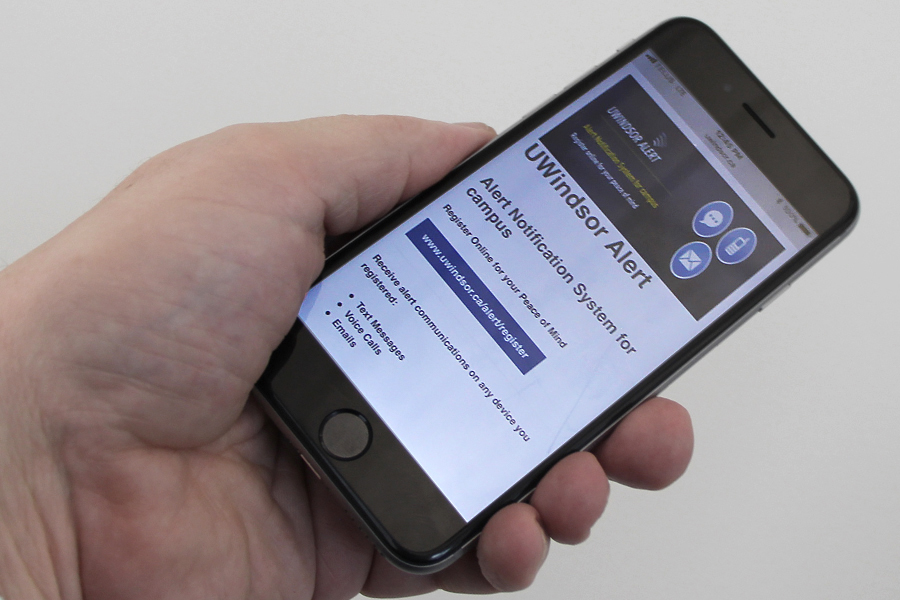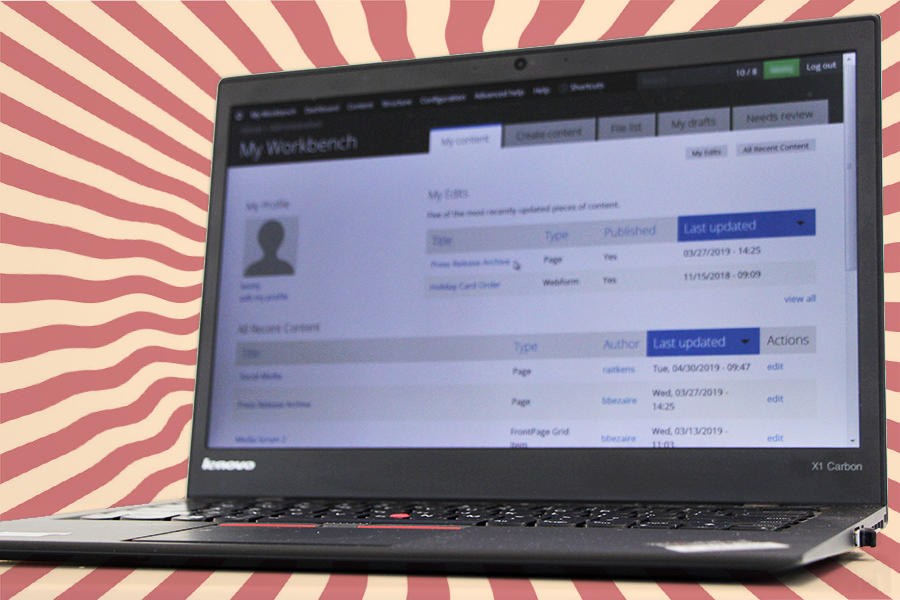
Two changes coming this month will make more secure the process of verifying the identities of users before allowing them access to campus networks, advises Information Technology Services.
“Authentication is important at UWindsor,” says Marcin Pulcer, assistant director of client services, IT Services. “It enables us to keep our networks secure by permitting only authenticated users to access our computer systems, databases, websites, and other network-based applications or services such as UWinsite Student and Blackboard.”
Later this month, IT Services will introduce two changes to authentication:
New Login Process
Starting Jan. 16, UWindsor faculty and staff using Windows 10 on a centrally managed device will be able to log in to their device and gain access to several UWindsor online resources without having to re-enter their credentials. If IT Services visited you during the Fall 2019 semester, this is likely you.
Other UWindsor community members (including students) will continue to log in to their devices. They will, however, see a new login page when accessing UWindsor online resources. And, once they have logged into one of these resources, they will gain access to others.
Multi-Factor Authentication
IT Services will enable Multi-Factor Authentication (MFA) starting Jan. 30, requiring a secondary credential or factor. This security feature provides an additional level of identity verification to help prevent unauthorized access to UWindsor’s protected resources when they are being accessed from outside of the University’s networks — largely from off-campus locations.
Before using MFA to access UWindsor applications, UWin Account holders (students, faculty, staff, applicants, retirees, etc.) will need to set up their secondary authentication factors. For instructions, read this knowledge base article.
It is important to note that once MFA is fully rolled out, setting up at least one secondary authentication factor will be mandatory as access to UWindsor’s networks from off-campus locations will be denied without it.
For more information about the new login process and MFA, see the IT Services website.




